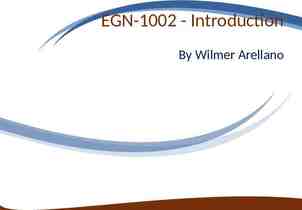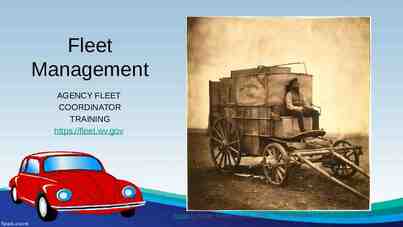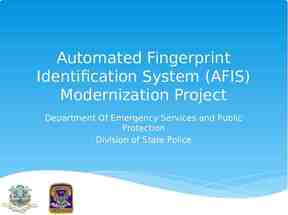Data and Computer Communications Chapter 2 – Protocol
44 Slides3.30 MB

Data and Computer Communications Chapter 2 – Protocol Architecture, TCP/IP, and Internet-Based Applications Ninth Edition by William Stallings

Protocol Architecture, TCP/IP, and Internet-Based Applications To destroy communication completely, there must be no rules in common between transmitter and receiver—neither of alphabet nor of syntax. —On Human Communication, Colin Cherry

The Need For Protocol Architecture

Functions of Protocol Architecture breaks logic into subtask modules which are implemented separately modules are arranged in a vertical stack each layer in the stack performs a subset of functions relies on next lower layer for primitive functions changes in one layer should not require changes in other layers

Key Features of a Protocol A protocol is a set of rules or conventions that allow peer layers to communicate. The key features of a protocol are:

A Simple Protocol

Communication Layers communication tasks are organized into three relatively independent layers: Network access layer concerned with the exchange of data Transport layer provides reliable data transfer Application layer Contains logic to support applications

Network Access Layer covers the exchange of data between an end system and the network that it is attached to concerned with issues like : destination address provision invoking specific services like priority access to & routing data across a network for two end systems attached to the same network

Transport Layer

Application Layer

Protocol Architecture and Networks

Protocols in a Simplified Architecture

Addressing Two levels of addressing are needed:

Protocol Data Unit (PDU) the combination of data and control information is a protocol data unit (PDU) typically control information is contained in a PDU header control information is used by the peer transport protocol at computer B headers may include: source port, destination port, sequence number, and error-detection code

Network Access Protocol after receiving segment from transport layer, the network access protocol must request transmission over the network the network access protocol creates a network access PDU (packet) with control information header includes: source computer address destination computer address facilities requests

TCP/IP Protocol Architecture

TCP/IP Layers and Example Protocols

Physical Layer covers the physical interface between computer and network concerned with issues like: characteristics of transmission medium nature of the signals data rates

Network Access Layer covers the exchange of data between an end system and the network that it is attached to concerned with issues like : destination address provision invoking specific services like priority access to & routing data across a network for two end systems attached to the same network

Internet Layer

Host-to-Host (Transport) Layer

Operation of TCP/IP

TCP/IP Address Requirements Two levels of addressing are needed:

Operation of TCP/IP

Transmission Control Protocol (TCP) TCP is the transport layer protocol for most applications TCP provides a reliable connection for transfer of data between applications A TCP segment is the basic protocol unit TCP tracks segments between entities for duration of each connection

User Datagram Protocol (UDP) alternative to TCP does not guarantee delivery, preservation of sequence, or protection against duplication adds port addressing capability to IP used with Simple Network Management Protocol (SNMP)

UDP Header

IPv6 Provides enhancements over existing IP Designed to accommodate higher speeds and the mix of graphic and video data Driving force was the need for more addresses due to growth of the Internet IPv6 includes 128-bit source and destination address fields

IPv6 Header

TCP/IP Protocols

Standardized Protocol Architectures

Layer Specific Standards

OSI Standardization framework for standardization was motivator lower layers are concerned with greater levels of details each layer provides services to the next higher layer three key elements:

Primitive Types REQUEST A primitive issued by a service user to invoke some service and to pass the parameters needed to specify fully the requested service INDICATION A primitive issued by a service provider either to: indicate that a procedure has been invoked by the peer service user on the connection and to provide the associated parameters, or notify the service user of a provider-initiated action RESPONSE A primitive issued by a service user to acknowledge or complete some procedure previously invoked by an indication to that user CONFIRM A primitive issued by a service provider to acknowledge or complete some procedure previously invoked by a request by the service user

Service Primitives and Parameters

Internet Applications Applications that operate on top of TCP include:

Multimedia Terminology

Multimedia Terminology

Multimedia Applications

Domains of Multimedia Systems and Example Applications

Elastic and Inelastic Traffic

Multimedia Technologies

Summary needs and key elements for protocol architecture TCP/IP protocol architecture OSI Model & protocol architecture standardization traditional versus multimedia application needs







